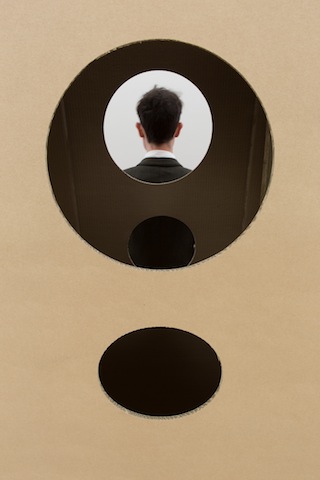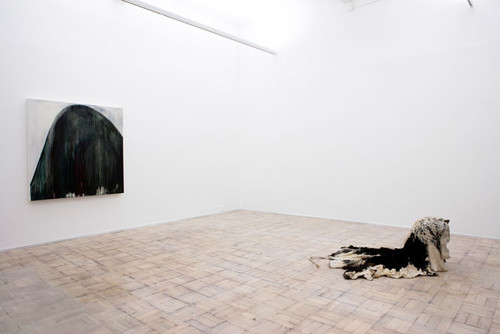Nine Artists, na Stevenson Gallery, na Cidade do Cabo
Published22 Jul 2015

Marvin Luvualu Antonio, Cape Town Redux, 2015, Acrylic on canvas, 280 x 227cm
© the artist. Courtesy STEVENSON, Cape Town. Photo: Mario Todeschin
Marvin Luvualu Antonio e Matthew Alexander King são dois artistas que integraram a exposição Nine Artists, que terminou a 18 de Julho, na Stevenson Gallery, na Cidade do Cabo e cuja permissa foi assim resumida no comunicado da galeria: “Each artist has, in some way or another, a relationship to the African continent. As a gallery, this reflects our program, but our intention for this exhibition was to avoid the imposition of an homogenizing theme, and the prescriptive reading thereof. Doubtless the exhibition will be read as a whole, but that is up to the viewer. It is, like many exhibitions, an experiment.”
O site Contemporay and entrevistou estes dois artistas sobre os trabalhos expostos no contexto da sua obra.
Marvin Luvualu Antonio
Stefanie Jason: Could you share how the concept of Trash Talks came about?
Marvin Luvualu Antonio: It was spurred by Philip K. Dick’s novel Do Androids Dream of Electric Sheep, specifically an invented term that kept being used: kipple. It refers to the detritus that covers the landscape and literally rains down on the human population in the form of dust. I liked how the characters had a neurotic relationship to kipple, which was this inescapable reminder of a past no one could either remember or had seen before. Their engagement with it raised questions about themselves and their world. So considering my affinity to found objects, I wanted to use the idea of kipple as a framework to engage with the landscape of Cape Town and its own archive of objects to produce a new site-specific body of work. I also thought the book made amazing analogies surrounding the idea of ‘the real’ in terms of humans’ relationships to replicas or what constituted real human connection. The androids made me think of sculpture or art in general in that sense.
Matthew Alexander King, You Asked A Joke Question, But I Gave A Serious Answer, 2015, Performance © the artist. Courtesy STEVENSON, Cape Town. Photo: Mario Todeschini
Matthew Alexander King
SJ: What brought about You Asked A Joke Question, But I Gave A Serious Answer [And So On], and its title? And why did you choose performative gestures for “Nine Artists”?
Matthew Alexander King: The very prosaic start of this answer is that I was asked specifically to do performance work for “Nine Artists.” The title in your question is actually truncated. The full title of my section of the show is, You Asked A Joke Question, But I Gave A Serious Answer, or Very Uncertain Gestures, or ‘Did I Win?’ ‘No. But At Least You Got Four Feet From The Dock’. I have a fondness for very long titles, for their unwieldiness and so on. It’s also a fairly straightforward way of providing thematic cues. Or, at least I hope it’s straightforward. The ‘performative gestures’ come then from that kind of space. I’ve been preoccupied of late with thinking about performance art and where some of its ‘limits’ might be, and what it means to work up against them. The invitation to be on this show seemed to provide me with the time to try and do something useful somewhere along those limits.
A entrevista completa, aqui


